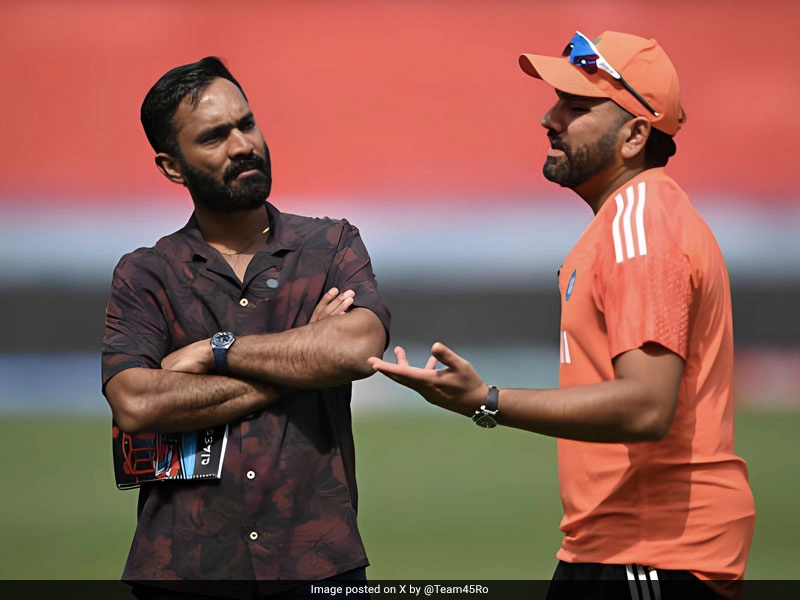The Pakistan Cricket Board (PCB) has recently come under fire for a significant selection blunder that has left fans and analysts alike questioning their decision-making processes. The controversy arose when the board made unexpected choices regarding player selections for a crucial series, which many believed were not aligned with the team’s strategic goals. This misjudgment has not only sparked outrage among the fanbase but has also raised concerns about the board’s overall direction and vision for the future. The phrase “a different purpose” has emerged in discussions, highlighting the disconnect between the PCB’s intentions and the expectations of players and supporters.
Critics argue that the PCB’s selections seem to prioritize factors other than pure performance and merit, leading to the inclusion of players whose recent forms have not justified their places in the squad. This has ignited debates about favoritism and the potential influence of external pressures on selection committees. The ramifications of such choices extend beyond immediate performance; they can significantly impact team morale and cohesion. When players feel that selections are not made based on their capabilities, it can erode trust in the management and create a rift within the team.
Moreover, the PCB’s handling of this situation has been scrutinized, as transparent communication with fans and players about the rationale behind these selections is crucial. The board needs to articulate its vision clearly, explaining how these decisions align with long-term goals, such as preparing for upcoming international competitions. In an era where fan engagement is more critical than ever, the PCB’s silence on the matter has only deepened frustrations. The true challenge lies in finding a balance between nurturing emerging talent and ensuring that the most qualified players represent the nation on the international stage.
As the PCB navigates this tumultuous period, lessons must be learned to avoid similar pitfalls in the future. A more systematic approach to selection, grounded in data and performance analysis, could help restore faith in the board’s decisions. Furthermore, fostering an environment of open dialogue where players and management can voice their concerns may lead to a more cohesive unit. Ultimately, the PCB must remember that its primary responsibility is to the fans and the legacy of cricket in Pakistan. The path forward requires not only rectifying past mistakes but also building a robust framework that prioritizes meritocracy and transparency in player selection.




